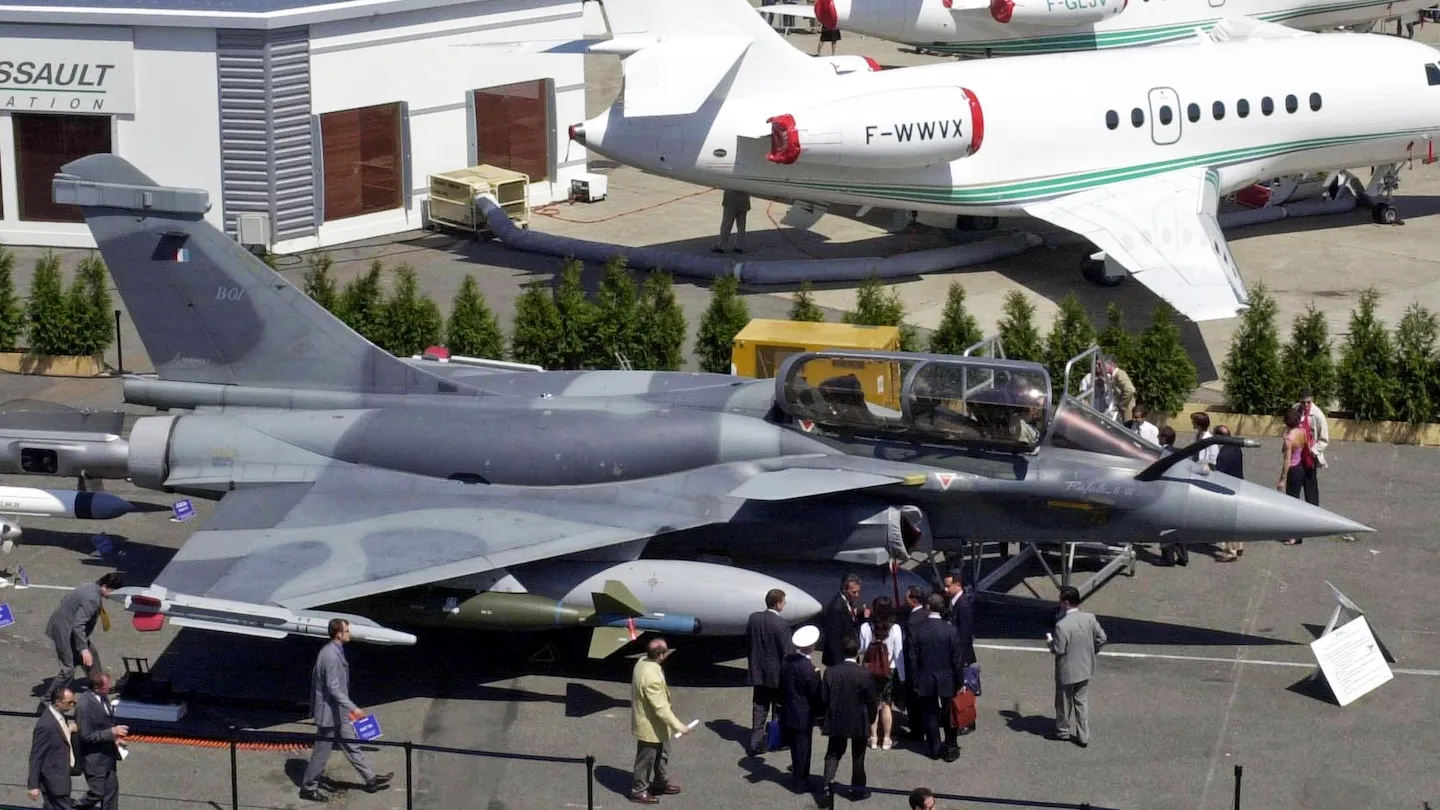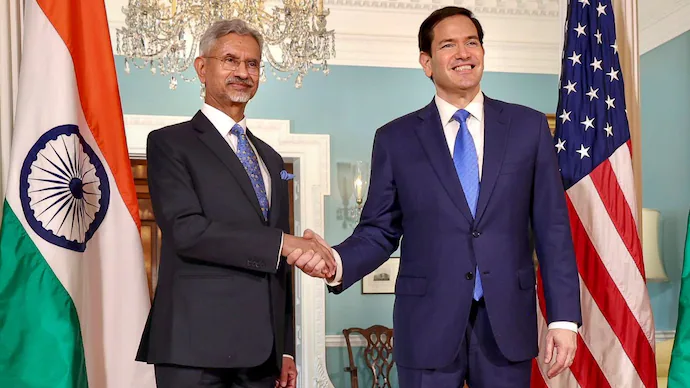New Delhi: The Indian Air Force’s Multi-Role Fighter Aircraft (MRFA) programme stands at a crucial inflection point. With contenders such as the F-15EX, Eurofighter Typhoon, Su-35, and the Rafale F4 on the table, the pressure to move quickly is understandable. Yet the most strategic choice for India may be to wait for the Rafale F5—often referred to as the “Super Rafale.”
The F5 represents a major evolutionary leap in Dassault’s proven 4.5-generation lineage, offering a vital technological bridge toward India’s future sixth-generation ambitions under the AMCA programme.
Evolution, Not Reinvention
France’s approach to the Rafale F5 is rooted in evolutionary advancement. Building upon the combat-tested F3R and the network-centric F4 standard, the F5 incorporates next-generation sensors, advanced networking, and manned–unmanned teaming—without altering the core airframe or logistical ecosystem.
For India, already operating 36 Rafales with a fully established support chain, the F5 brings immediate integration advantages and significant cost efficiency.
Advanced Sensors, Radar, and Networking
At the heart of the Rafale F5 is the RBE2-XG radar, an advanced successor to the current AESA system. Designed to detect low-observable aircraft such as China’s J-20 or Russia’s Su-57 at ranges beyond 200 km, the XG radar prioritises stealth detection—a growing priority for the IAF.
This radar is supported by:
- A next-generation electronic warfare suite
- Enhanced data fusion
- New secure, cloud-capable combat networking
- Ability to operate within future joint-forces digital ecosystems
A transformative feature of the F5 is its integration of loyal wingmen, enabling one Rafale to command two or three unmanned combat aerial vehicles. This aligns perfectly with India’s own DRDO–HAL “Warrior” and Ghatak UCAV programmes, offering opportunities for joint development and seamless adoption.
Enhanced Survivability and Expanded Arsenal
Although not a stealth aircraft, the Rafale F5 compensates with sophisticated survivability architecture. Its upcoming self-protection jammer systems, smart decoys, and collaborative EW tools are designed to degrade, confuse, or bypass integrated air-defence systems.
Armed with:
- Meteor long-range air-to-air missiles
- SCALP deep-strike cruise missiles
- Future SEAD/DEAD weapons
- Multi-role mission profiles
…the F5 brings standoff lethality on par with low-observable platforms—without the extreme maintenance burden of true stealth aircraft.
The upgraded mission computer architecture will enable the F5 to perform maritime strike, land attack, and reconnaissance simultaneously, a major advantage for Indian missions spanning the Northern borders and the Indian Ocean Region.
Strategic Independence and Industrial Advantage
One of the Rafale programme’s strongest selling points is France’s policy of strategic autonomy. Unlike U.S.-origin platforms, the Rafale’s:
- software architecture,
- weapons integration, and
- powerplant systems
remain free of American export-control restrictions.

For India, which prioritises operational sovereignty, this means the freedom to integrate indigenous weapons such as Astra Mk-2/Mk-3 or SAAW without external limitations. France’s willingness to share mission interface codes—already demonstrated in India’s existing fleet—further strengthens this advantage.
Industrial cooperation is another key factor. Dassault’s F5 package could support the government’s “Make in India” and “Atmanirbhar Bharat” goals by facilitating:
- assembly lines on Indian soil,
- co-development of radar modules,
- production partnerships with HAL, TASL, and private firms.
This mirrors the international co-production ecosystem Dassault has built with its Falcon Jet series.
Cost, Sustainment, and Training Benefits
Unlike fifth-generation stealth aircraft, the Rafale F5 keeps long-term costs manageable. Its mature systems ensure low maintenance hours per flight. India’s existing Rafale infrastructure—including simulators, tooling, and pilot conversion pipelines—transfers seamlessly to the F5.
Critically, the F5 upgrade path is modular. Rafales already in IAF service can be incrementally upgraded to the F5 level, turning the MRFA programme into a long-term capability roadmap rather than a single procurement event.
A Perfect Bridge to India’s Future Air Dominance
The Rafale F5’s expected induction timeline in the late 2020s aligns seamlessly with India’s broader air-power roadmap, bridging:
- Tejas Mk2 (entering trials),
- Rafale F4/F5 (medium category), and
- AMCA (post-2032 stealth fighter),
into a layered, balanced force structure. This mirrors successful doctrines used by leading global air forces.
By waiting for the F5, India avoids rushing into a stealth purchase that could be technologically outdated or financially burdensome by the time AMCA reaches maturity.
Strategic Patience, Strategic Payoff
Opting for the Rafale F5 is not a delay—it is a deliberate, forward-looking strategy.
India already has the ecosystem, training, and trust in place. The “Super Rafale” adds loyal-wingman integration, superior sensors, expanded networking, and long-range firepower, delivering near-fifth-generation capability without the complexity or limitations of true stealth aircraft.
In an era where information dominance, sensor fusion, and network warfare outweigh pure stealth, the Rafale F5 stands out as a compelling MRFA contender—balancing sovereignty, affordability, and combat credibility well into the 2040s.






